Successful Google Ads Campaign

However Create a Successful Google Ads Campaign is one of the most effective and widely used platforms for digital advertising. Whether you’re aiming to drive traffic to your website, generate leads, or increase product sales, a well-executed Google Ads campaign can help you achieve your goals. This article will guide you through the process of creating a successful Google Ads campaign, from setting up your account to optimizing your ads for maximum ROI. Understanding the Basics of Google Ads First , Google Ads, formerly known as Google AdWords, is an online advertising platform where businesses can bid on keywords to have their ads displayed in Google search results or on Google’s Display Network. Advertisers are charged on a pay-per-click (PPC) or cost-per-impression (CPM) basis. Because of this There are several types of Google Ads campaigns, including: Search Ads: These appear at the top of Google search results when users type in specific queries. Display Ads: These are banner ads shown on websites that are part of Google’s Display Network. Video Ads: Ads displayed on YouTube or across the Google Display Network. Shopping Ads: Product-based ads that show up in Google search results with images and pricing. App Promotion Ads: Ads designed to promote mobile apps across the Google Network. Understanding these types will help you choose the right campaign format for your goals. Setting Up Your Google Ads Campaign second , Follow these steps to set up your Google Ads campaign: Create a Google Ads Account: Go to the Google Ads website and sign up for an account if you don’t already have one. Define Your Goals: Before you start creating your campaign, However it’s important to define your goals. Are you looking for more website traffic? Lead generation? Brand awareness? Your campaign goal will help you determine which type of ad and bidding strategy to use. Select Your Campaign Type: Choose between Search Ads, Display Ads, Video Ads, Shopping Ads, or App Promotion Ads, depending on your marketing objectives. Keyword Research: Use Google’s Keyword Planner tool to research keywords that are relevant to your products or services. Focus on high-intent keywords that have a good search volume but aren’t overly competitive. Create Your Ads: Craft your ad copy with a clear value proposition, compelling call to action (CTA), and relevant keywords. If you’re running search ads, make sure the ad copy aligns with the keywords you’re bidding on. Optimizing Your Google Ads Campaign for Success third , Once your campaign is up and running, it’s important to continuously optimize it to improve performance and maximize your ROI. In the same way Also Here are some optimization tips: For example A/B Testing: Experiment with different versions of your ads to see which ones perform best. A/B testing allows you to test different headlines, CTAs, and ad formats to identify what resonates with your audience. Refine Keywords: Continuously monitor the performance of your keywords and adjust bids based on their performance. Consider using negative keywords to filter out irrelevant search terms. Use Ad Extensions: Ad extensions, such as site link extensions and callout extensions, can increase the visibility and effectiveness of your ads by providing additional information and links to your website. Geo-Targeting: Adjust your targeting settings to reach users in specific geographic locations. This is especially important for businesses that operate locally or want to focus on specific regions. Budgeting and Bidding Strategies Likewise Create a Successful Google Ads Campaign works on a bidding system, and choosing the right bidding strategy is critical to staying within your budget while getting the best results. Some common bidding strategies include: Manual CPC (Cost Per Click): With manual CPC, you set the bid amount for each keyword, giving you full control over your budget. This is a good option if you want to manage your campaign tightly. Automated Bidding: Automated bidding strategies, such as Target CPA (Cost Per Acquisition) or Target ROAS (Return on Ad Spend), automatically adjust bids to help you achieve your specified goals. Maximize Clicks: Google will automatically set bids to get the maximum number of clicks within your budget. This is ideal for driving traffic to your website. Maximize Conversions: Google will automatically adjust bids to get the most conversions for your campaign, making it ideal if your goal is to generate leads or sales. Tracking and Measuring Success In other words Tracking and measuring your Google Ads campaign’s performance is crucial for understanding what’s working and where you need to make adjustments. Some key performance indicators (KPIs) to monitor include: Click-Through Rate (CTR): The percentage of people who clicked on your ad after seeing it. A higher CTR indicates that your ad is relevant and engaging. Conversion Rate: The percentage of users who completed a desired action (such as making a purchase or filling out a contact form) after clicking on your ad. Cost Per Click (CPC): The amount you pay for each click. Monitoring CPC helps you ensure that you’re staying within your budget. Return on Investment (ROI): Calculate how much revenue your campaign generated compared to how much you spent on ads. Conclusion: Running a Successful Google Ads Campaign Similarly Creating a successful Google Ads campaign requires careful planning, keyword research, and constant optimization. By understanding the basics of Google Ads, defining your goals, and using effective bidding strategies, you can create a campaign that drives meaningful results for your business. Feel Free Contact us today to learn more and elevate your digital marketing efforts!
